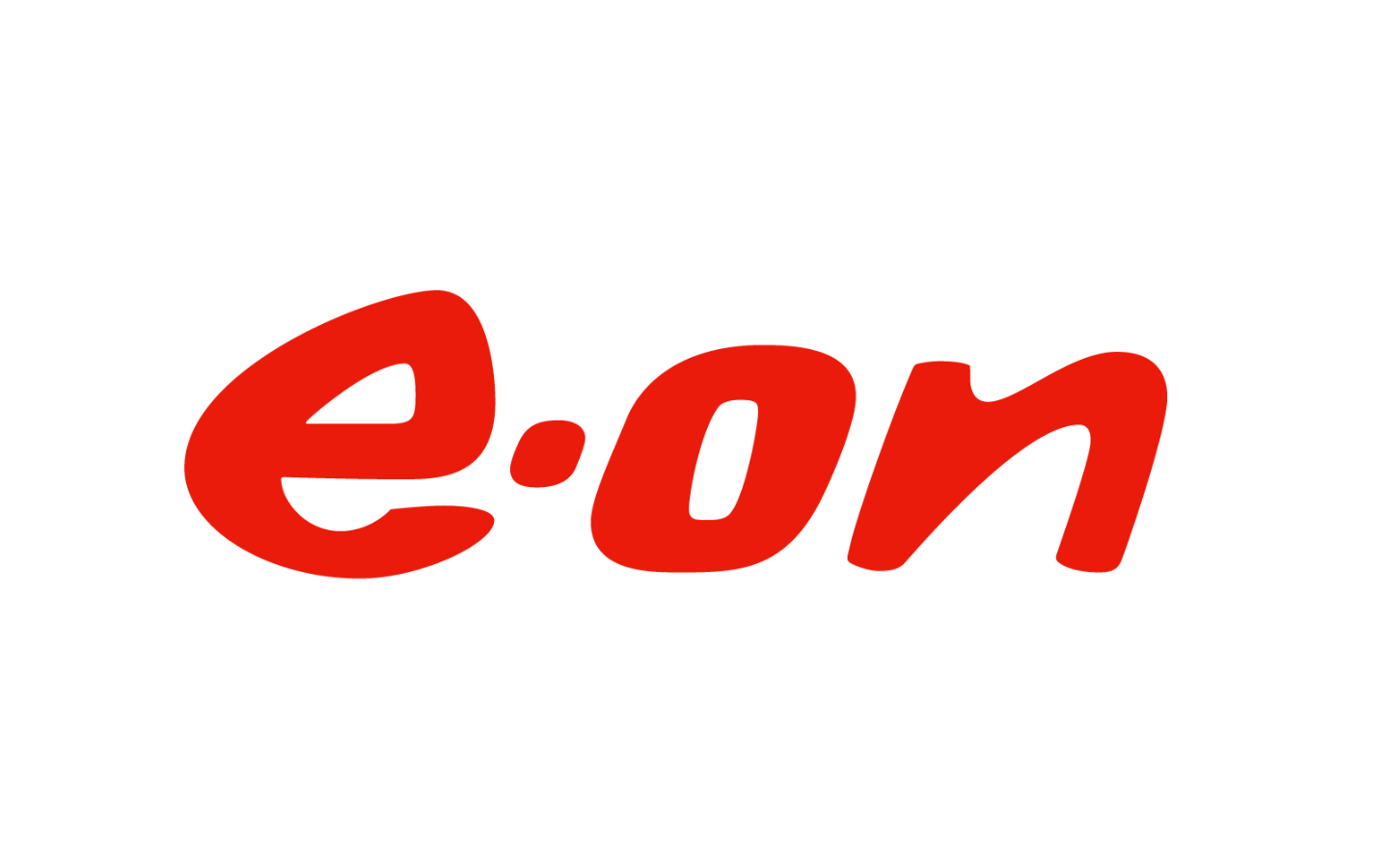Let’s face it—“media theories” might sound dense or academic. But these ideas are everywhere: in your Instagram feed, the latest Netflix hit, or how news stories shape public opinion. Whether you’re studying for A Level Media Theories or prepping for GCSE Media Studies, understanding key media theories helps you decode the media around you.
In this article, we’ll walk through the most important media theories, why they matter, how they work in practice, and how to apply them in essays or coursework.
What Are Media Theories?
Media theories are frameworks that help us understand how media works—how messages are created, how audiences interpret them, and how power, culture, and context shape what we see and hear.
These theories give you the language to analyse films, TV shows, ads, and social media in a critical way. They’re central to media studies courses, especially at GCSE and A Level.
Major Media Theories You Should Know
Below are some of the most commonly studied media theories and theorists for GCSE / A Level:
Semiotics & Media Language
-
Developed by Roland Barthes and others, semiotics helps you analyse signs and symbols in media. For instance, what does a dark color palette in a film poster suggest about tone?
-
Narrative codes, genre conventions, and visual / technical codes fall under media language. These are often assessed in media coursework.
Representation Theory
-
Stuart Hall’s work on representation explores how identities (gender, race, class) are portrayed in media.
-
It includes ideas about stereotyping, power imbalances, and how meaning is constructed rather than simply reflected.
Uses & Gratifications Theory
-
This theory argues audiences are active rather than passive. They choose media to satisfy personal needs: identity, education, social interaction, or escapism.
-
It’s very useful when analysing social media or advertising campaigns where audiences pick what content to engage with.
Audience Theory: Active & Reception Model
-
According to these theories, different people interpret the same media text in different ways. Stuart Hall’s encoding/decoding model plays a big role here.
-
The concept of “preferred reading,” “negotiated reading,” and “oppositional reading” shows how meaning isn’t fixed.
Agenda-Setting & Power / Industry Theories
-
Agenda-Setting Theory suggests media don’t tell us what to think, but they influence what we think about by choosing which issues get attention.
-
Hierarchy of Influences is another large-scale theory that looks at how social, political, and economic forces shape what gets produced in media.
Channel Expansion & Media Richness Theory
-
Channel Expansion Theory explains how our experience with different media channels changes how “rich” or “effective” we find them.
-
For example, a learner may perceive digital, interactive media as richer than broadcast media depending on their experience.
Applying Media Theories in GCSE / A-Level Work
Knowing a theory is one thing—using it in your essays or analysis is where the marks really are. Here are some practical tips:
-
Choose the right theory for your case study.
-
If you’re studying a news article, representation and agenda-setting may be relevant.
-
For social media posts or podcasts, uses & gratifications or active audience might be more helpful.
-
-
Define the theory clearly before applying it.
-
Explain key terms (e.g. “preferred reading,” “encoding/decoding,” “gratification”).
-
-
Use examples from real media texts.
-
Reference a TV advert, Instagram campaign, or film poster. Show how elements like colours, layout, language, or camera angles support the theory.
-
-
Evaluate strengths & limitations.
-
For example, uses & gratifications is good for explaining active audience behaviour, but it might not fully account for structural inequalities or media ownership.
-
-
Link theory to context.
-
Consider who owns the media company, regulations, the political climate, or cultural norms.
-
By blending theory + example + evaluation, your work becomes more persuasive and academically sound.
Why Media Theories Matter (Beyond Exams)
Understanding media theories isn’t just about passing coursework. Here’s why they are useful in real life:
-
They help you become a critical media consumer—able to spot bias in the news or hidden messages in advertising.
-
They’re relevant in careers like journalism, marketing, PR or social media management.
-
As media evolves (AI-generated content, deepfakes, social platforms), these foundational theories help you understand shifts in power and ethics.
FAQs About Media Theories
Q1: What’s the difference between GCSE and A Level media theories?
GCSE media courses tend to cover the core theories (semiotics, representation, audience models), while A Level goes deeper—more theory names, more detailed evaluation, and more application to case studies.
Q2: How many media theories should I know for A Level?
It depends on your exam board (AQA, WJEC, Eduqas). But there are often dozens to pick from—semiotics, genre theory, postmodernism, audience models, political economy, to name a few.
Q3: Can I use media theories outside of schoolwork?
Absolutely. They’re powerful tools for analysing marketing campaigns, social media content, political messaging, and everyday media interactions.
Q4: Is there a good revision book for media theories?
Yes — books like Media Theory for A Level (Mark Dixon) are specifically designed to cover many academic media theories for students.
Q5: How do teachers expect me to use theories in exams?
Teachers usually expect you to define the theory, apply it to a real example, and evaluate its strengths / weaknesses. Use case studies and tie your answer to the question context.
Conclusion
Media theories unlock a different way to see the media around us—whether that’s an advert on your feed, the latest viral video, or a blockbuster movie. For GCSE / A Level Media students, mastering theories like representation, uses and gratifications, audience models, and agenda-setting gives you both analytical power and academic credibility.



